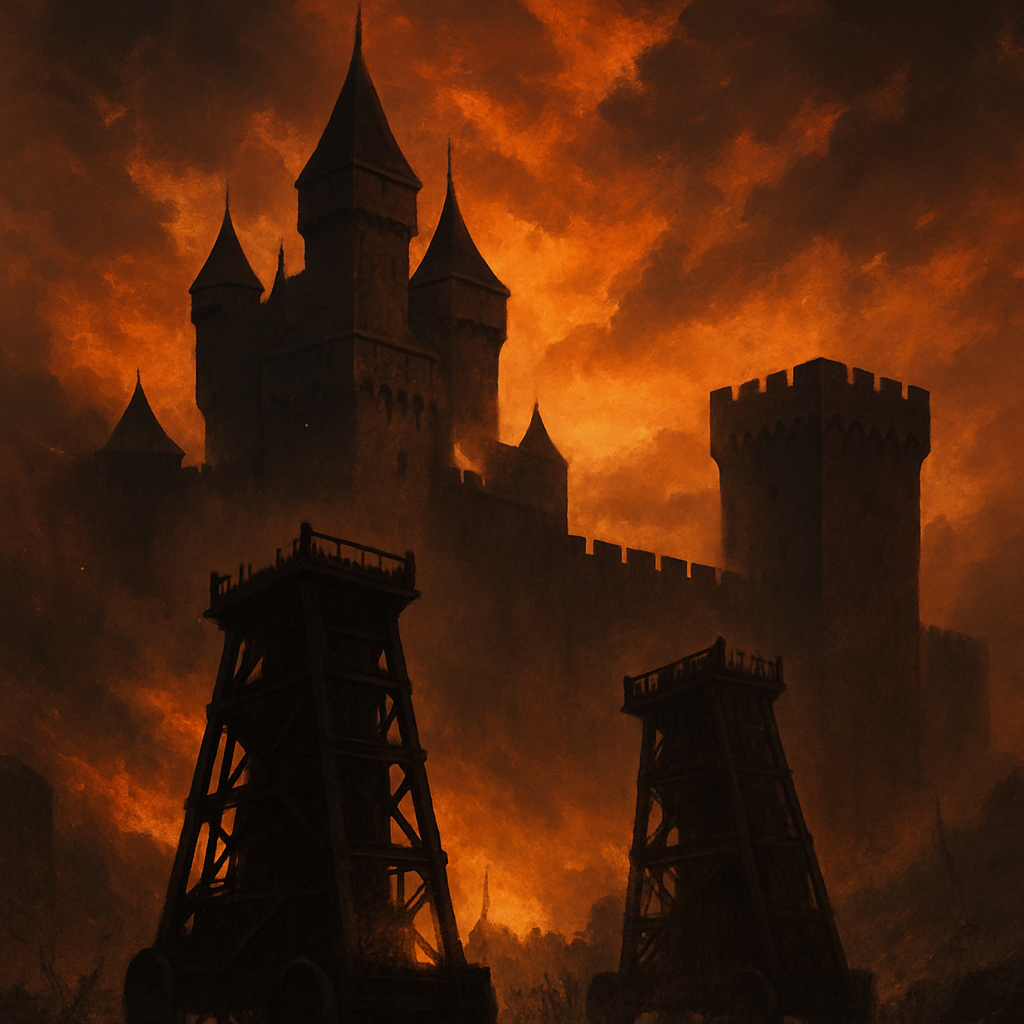Unveiling Siege Towers: How Medieval Warriors Conquered Castles
Siege towers were towering wooden structures on wheels that allowed medieval warriors to breach castle walls effectively, changing the landscape of medieval warfare. Discover the fascinating role they played in history and their strategic importance on the battlefield.
Origins and Design of Siege Towers
Siege towers were a revolutionary development in medieval military strategy, designed to overcome the formidable defenses of castles. These towering wooden structures were mobile, often built on site from timber. Constructed with multiple levels, each tower housed warriors ready to storm the castle walls or provide long-range assault capabilities. With an advancing siege tower, attackers dramatically increased their chances of breaching otherwise impregnable walls.
Many siege towers were fortified with animal hides or metal plates to protect against fire and arrows, reflecting their adaptability in various war conditions. Some even incorporated ingenious mechanisms, like drawbridges at the top level, which provided a direct path onto the castle walls for attacking troops.
The Strategic Impact on Medieval Warfare
Siege towers revolutionized how wars were fought during the medieval period. By enabling attackers to bypass moats and curtain walls, they forced defenders to reconsider their defensive strategies. The presence of a siege tower could intimidate defenders and often led to psychological pressures and early surrender negotiations. The mobile platforms allowed for direct assaults while simultaneously offering cover for archers and missile throwers to strike from above.
- Offered a higher vantage point for archers and artillery.
- Provided direct access to castle walls via retractable drawbridges.
- Could be adapted with armor-like protection to withstand attacks.
Mechanisms of Destruction
Many siege towers were equipped with various weapons and mechanisms to enhance their destructive capabilities. Some towers featured built-in catapults or trebuchets to launch stones, fireballs, or other projectiles over the defensive walls. Additionally, arrow slits protected archers inside the towers while maintaining their offensive output on the defenders.
The dual-threat of height and mobility these towers presented forced defenders to think creatively about countermeasures, whether by burning the towers with incendiary arrows or reinforcing walls to thwart the advanced siege technology.
The Legacy of Siege Towers
The legacy of siege towers extends beyond their immediate tactical use in medieval warfare. They symbolize the blend of engineering skill and military strategy that characterized the medieval arms race. While the advent of gunpowder and cannons eventually rendered siege towers obsolete, their impact on the design of forts and castles remains a distinguished chapter in military history.
The awe-inspiring ability of these wooden marvels to influence the outcomes of prolonged sieges is a powerful reminder of human ingenuity in the face of adversity. Siege towers stand as testament to a period where creativity and strategy were as vital as sword and shield.
Interested in more intriguing historical insights? Delve further into our content library and satisfy your curiosity about the past!

Leave a Reply